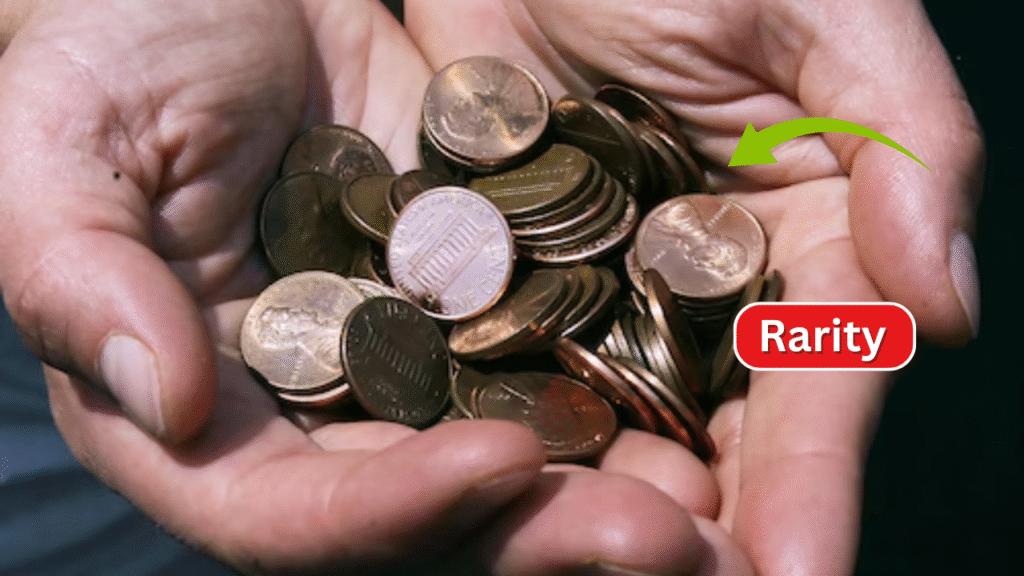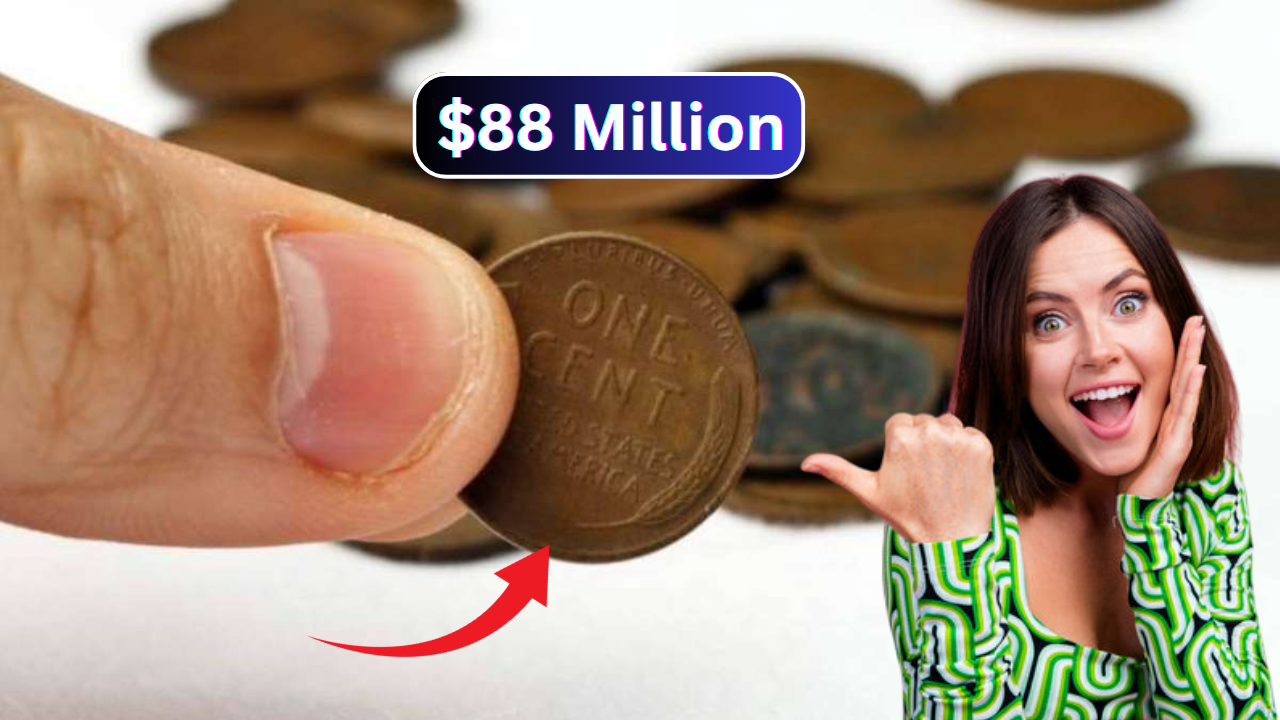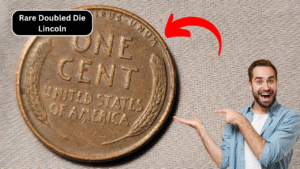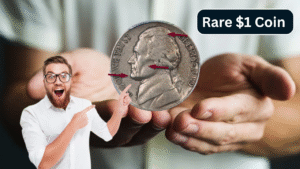Introduction
Among the most iconic and beloved coins in American numismatics, the Lincoln Wheat Penny continues to captivate collectors and historians alike. Known for its humble origins and enduring legacy, this copper coin has spawned numerous legends, some rooted in truth and others steeped in myth. Recently, renewed attention has been drawn to one specific claim: a Lincoln Wheat Penny reportedly valued at a staggering $88 million. But is this true? Could such a coin actually exist? And more importantly, could it still be in circulation?
This comprehensive guide explores the origins, history, numismatic details, and current market trends of the Lincoln Wheat Penny, culminating in the astonishing story behind the $88 million valuation. We’ll also discuss how to identify rare variants, what factors contribute to astronomical valuations, and whether such coins can still be found in your change.
Table: Key Specifications of the Lincoln Wheat Penny
| Feature | Details |
|---|---|
| Coin Name | Lincoln Wheat Penny |
| First Year of Issue | 1909 |
| Composition | 95% copper, 5% tin and zinc (pre-1982) |
| Designer | Victor David Brenner |
| Obverse Design | Abraham Lincoln |
| Reverse Design | Two wheat stalks, “ONE CENT” and “UNITED STATES OF AMERICA” |
| Mint Marks | No mint mark, D (Denver), S (San Francisco) |
| Edge | Plain |
| Rarity Scale | Common to Extremely Rare |

Origins and Historical Significance
The Lincoln Wheat Penny was introduced in 1909 to commemorate the 100th birthday of Abraham Lincoln. Designed by Lithuanian-born sculptor Victor David Brenner, the coin marked a historic departure—it was the first U.S. coin to feature the image of a real person.
The Wheat reverse design, with its twin stalks flanking the denomination, symbolized agricultural prosperity and framed the ideals of liberty and unity. The coin was produced until 1958, after which it was replaced by the Lincoln Memorial reverse.
The earlier years (1909-1930s) produced many rare and semi-key dates due to limited mintage or mint-specific shortages. These include the 1909-S VDB, 1914-D, and 1931-S pennies.
The Mythical $88 Million Penny: Is It Real?
The Origins of the Claim
The idea of an $88 million penny seems fantastical, but there are often grains of truth behind such stories. Here are a few scenarios that may have contributed to the legend:
- Mint Error Legends: Coins with extremely rare mint errors—such as doubled dies, off-center strikes, or wrong planchets—have fetched hundreds of thousands, even millions in auctions.
- Speculation and Internet Buzz: As social media has amplified coin discoveries, speculative articles have inflated prices for sensationalism.
- Collector Hype: In some cases, private collectors are willing to pay extraordinary sums for one-of-a-kind pieces.
Despite all this, no Lincoln Wheat Penny has been officially verified or auctioned at $88 million. Still, the excitement surrounding ultra-rare pennies fuels this persistent myth.
Real Record-Holders: The Most Valuable Lincoln Pennies
| Year | Mint Mark | Variety/Type | Estimated Value | Notes |
| 1909 | S VDB | Key Date | $1,000 – $100,000 | Famous low-mintage release |
| 1943 | Bronze | Wrong Planchet Error | Up to $2 million | Only a handful known |
| 1955 | No Mint | Doubled Die Obverse | $10,000 – $200,000 | Famous error coin |
| 1922 | No D | Weak Die/No Mintmark | $20,000 – $50,000 | Scarce error from Denver mint |
| 1914 | D | Semi-Key Date | $1,500 – $40,000 | Popular among serious collectors |

Rarity, Errors, and Valuation Factors
What makes a Lincoln Wheat Penny worth millions? Here are the primary factors:
1. Mint Errors
- Wrong Planchet: Pennies struck on dime or foreign coin blanks
- Doubled Die: Especially prominent on the 1955 issue
- Off-Center Strikes: Drastic misalignments can increase value
2. Low Mintage Years
Some years had limited production due to economic or wartime constraints.
3. Condition/Grading
Coins graded MS65 and above by services like PCGS or NGC command premium values.
4. Historical Provenance
A coin with an interesting ownership story or discovery may fetch a higher price.
What To Look For In Your Pocket Change
While the chances of finding an $88 million penny are essentially zero, valuable Lincoln Wheat Pennies are still out there. Here’s what to look for:
- Dates from 1909 to 1958
- Mintmarks (D, S)
- Clean fields, no damage
- Misaligned or off-center strikes
- Unusual color or metal tone
Use a magnifying glass to spot doubling on the date or lettering.
The Collector’s Approach
Where to Search
- Old jars or coin banks
- Estate sales
- Antique stores
- Flea markets
- Online marketplaces (with caution)
Tools of the Trade
- Magnifying lens
- Digital scale (for weight anomalies)
- Coin album for safe storage
- PCGS or NGC membership for certification
Authentication and Appraisal
Get your coin professionally graded before assuming high value. Many coins thought to be rare turn out to be common when properly evaluated.
Market Trends and Popularity
Coin collecting has surged thanks to TikTok, YouTube, and viral articles. While this has fueled exaggerations, it’s also made rare coin trading more accessible. Auctions like Heritage and Stack’s Bowers frequently feature Wheat Pennies, with top specimens bringing in six-figure sums.
Demand continues for key dates and high-grade coins. The Lincoln Wheat Penny remains one of the most collected coins in the U.S., second perhaps only to the Morgan Silver Dollar.
Conclusion
The tale of an $88 million Lincoln Wheat Penny makes for compelling headlines, but reality tempers the myth. While no verified Wheat Penny has reached such an astronomical sum, coins like the 1943 bronze cent and the 1909-S VDB have sold for hundreds of thousands and even millions.
Whether or not the $88 million coin exists, the lesson remains the same: stay curious, inspect your change, and never underestimate the value of what’s in your pocket.
FAQs
Q1. Is there really an $88 million Lincoln Wheat Penny?
A1. No officially authenticated coin has ever been sold or verified at that value, but rare errors and one-of-a-kind pieces can reach millions.
Q2. What is the most valuable Lincoln Penny ever sold?
A2. A 1943 bronze cent once sold for over $2 million, making it one of the most expensive pennies in history.
Q3. Can I find a valuable Lincoln Wheat Penny in circulation today?
A3. While rare, it is possible—especially with older jars, estate sales, or coin collections.
Q4. How do I know if my Wheat Penny is valuable?
A4. Look for key dates, mint errors, and have the coin graded by PCGS or NGC to determine its market value.
Q5. Where can I sell a rare Lincoln Penny?
A5. Trusted coin dealers, auction houses like Heritage, or certified numismatic platforms are ideal for high-value coins.


